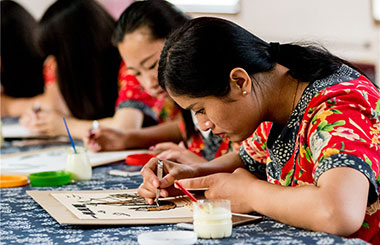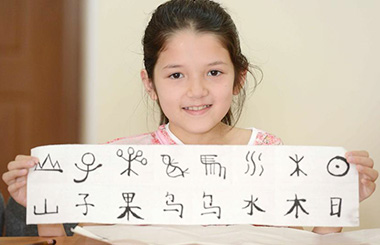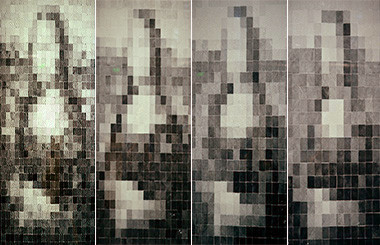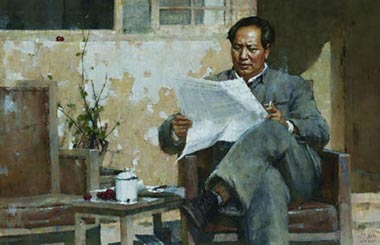 |
|
[Photo provided to China Daily]
|
Proceeding to the museum's courtyard, visitors can see at the center a huge Taihu stone, a type of rock with holes that was widely used in classical Chinese gardens as a symbol of Taoism. The rock is said to date to the Northern Song Dynasty (960-1127) and now is part of a permanent display at the same museum.
Cui encircles the rock with several cubic metal frames, by which she suggests an infusion of Chinese and Western cultures.
She says the beautiful rock, representing the tradition of Chinese art, is at the heart of her work that she also calls Heart. The frames symbolize Western contemporary art that has been introduced to Chinese artists since the 1980s.
"Such encounters between the past and present, East and West, tangible and intangible are opening the minds of artists of my generation," she says.
The main exhibition hall behind the Taihu stone displays Cui's other interactive installations, which produce effects of light and seek to engage viewers in a process of "soul searching".
People can walk through a 30-meter-long passage filled with artificial light, with dozens of luminous red frames twisted in varying angles.



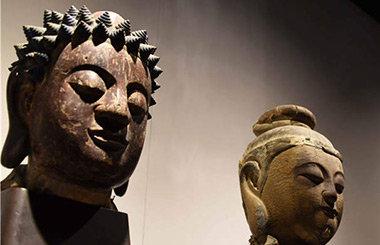

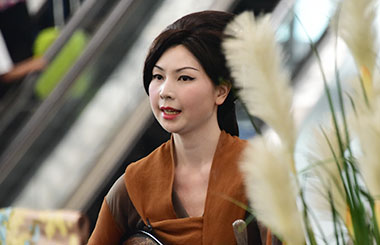


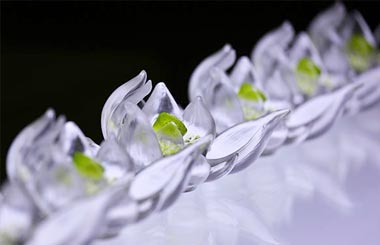
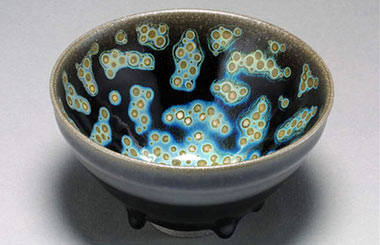





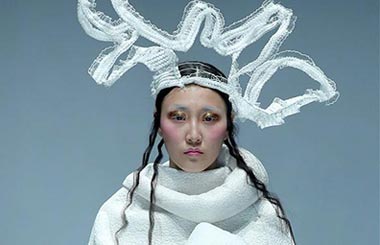







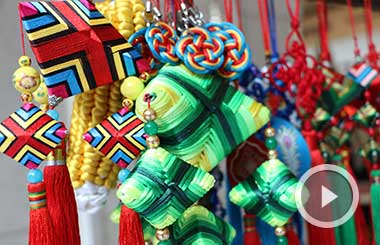
 Raymond Zhou:
Raymond Zhou: Pauline D Loh:
Pauline D Loh: Hot Pot
Hot Pot Eco China
Eco China China Dream
China Dream China Face
China Face
